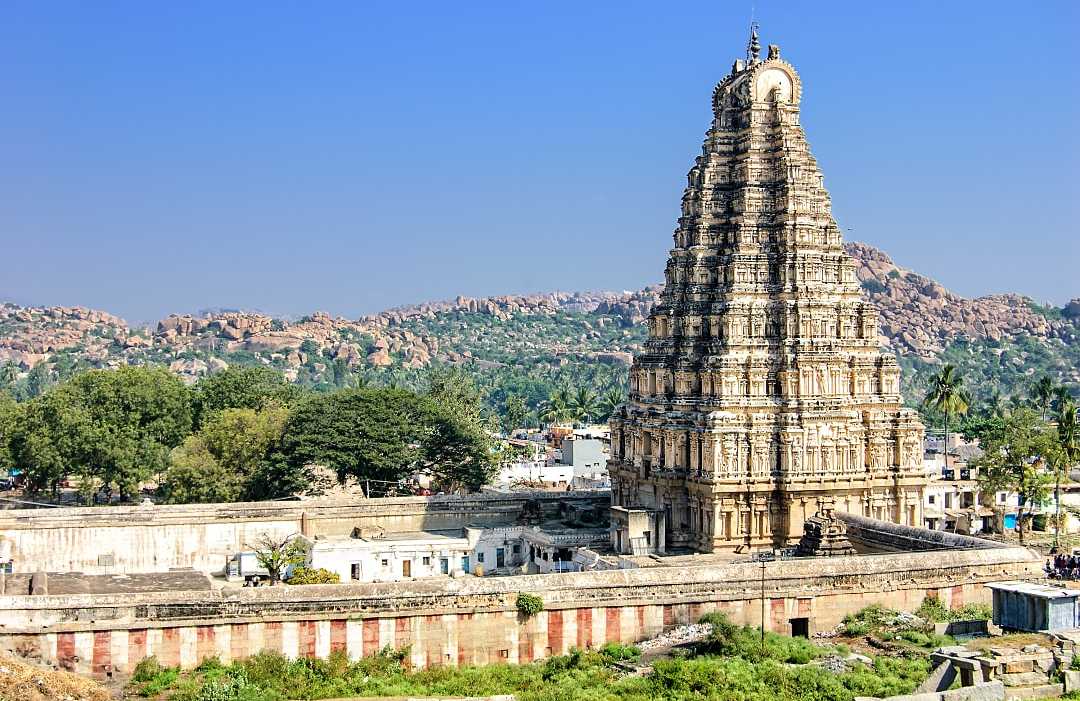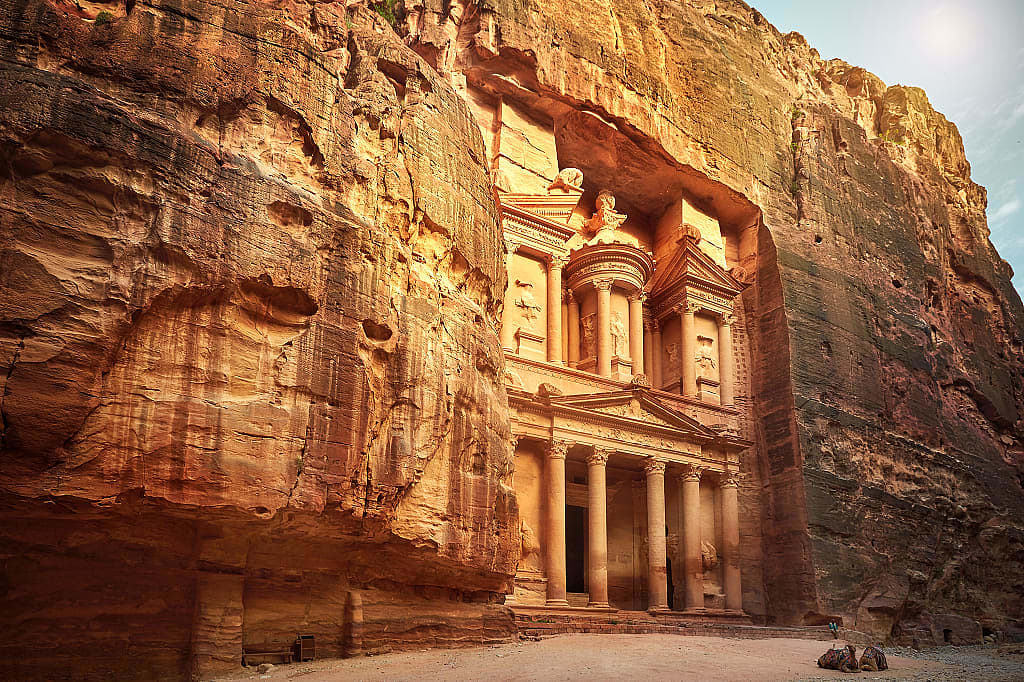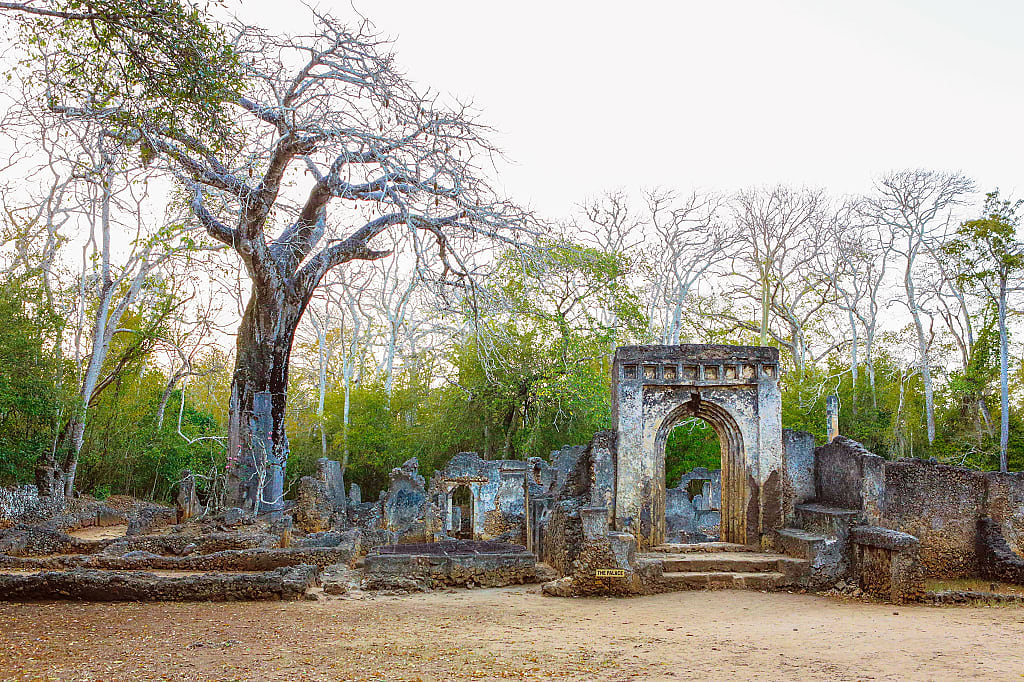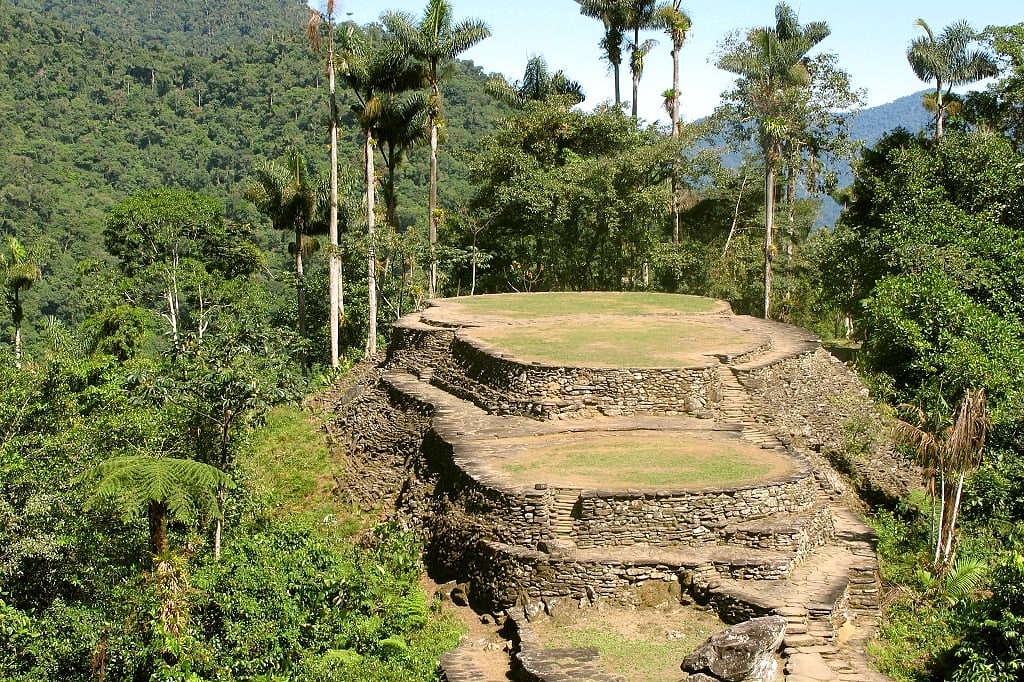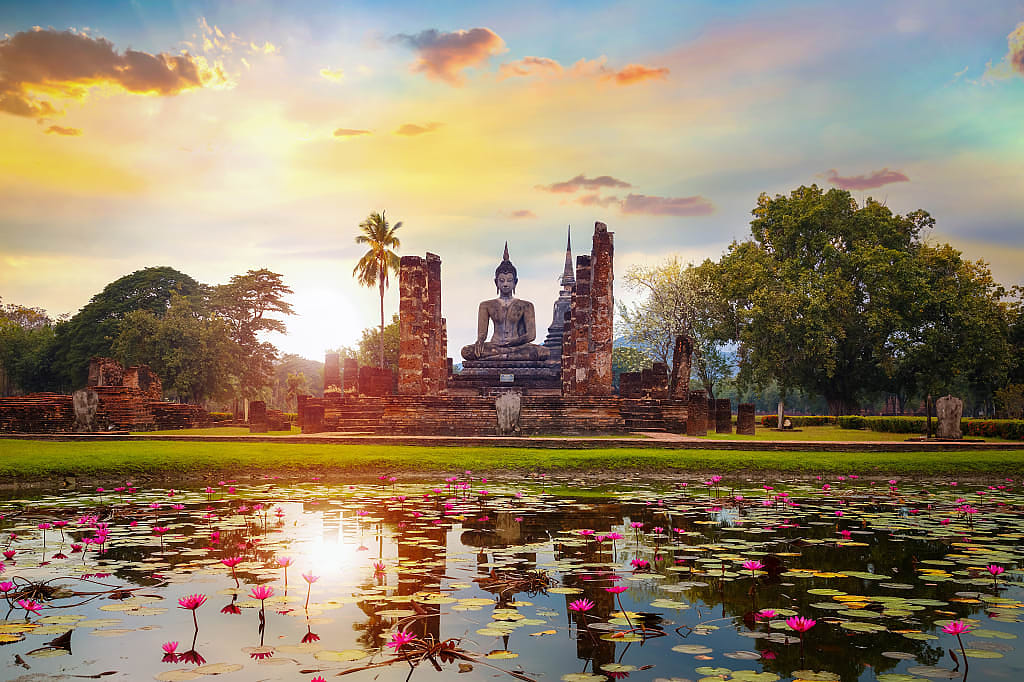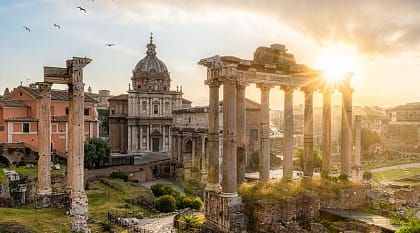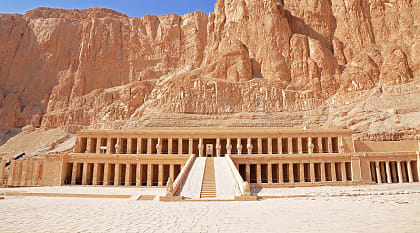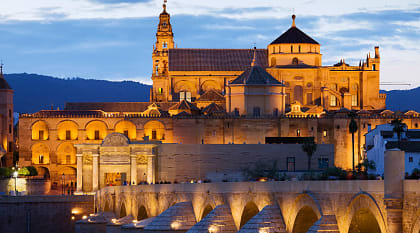When thinking of Zimbabwe, most people immediately think of wildlife safaris, but the near-forgotten city of Great Zimbabwe was a powerful center of commerce located approximately 93 miles from modern-day Harare. It once boasted a central palace enclosed within a granite wall standing over 16 feet tall. The city acted as a major nucleus for the ivory, gold, and cattle trade in the region, before falling into disrepair and seemingly blending into the surrounding landscape of the verdant valley.
The site was built by the indigenous Bantu people in the 11th century. They reigned over the region for 300 years, their population there growing to as many as 18,000. Political instability, famine, water shortages, and decreasing trade in the region eventually caused the city’s decline, but remnants of the complex’s stone ruins remain.
